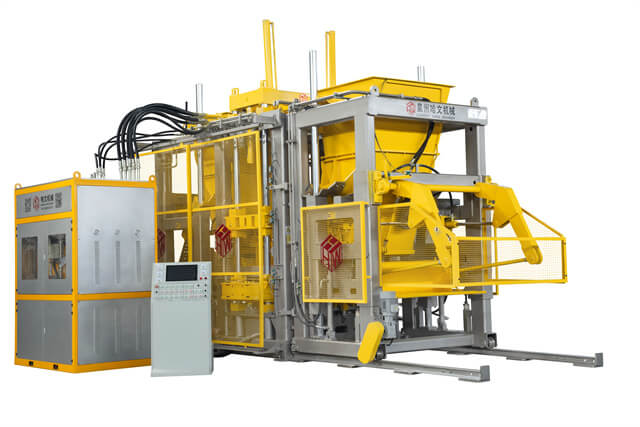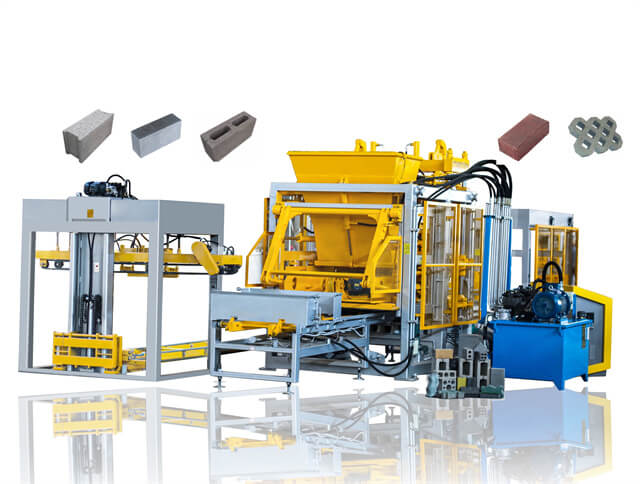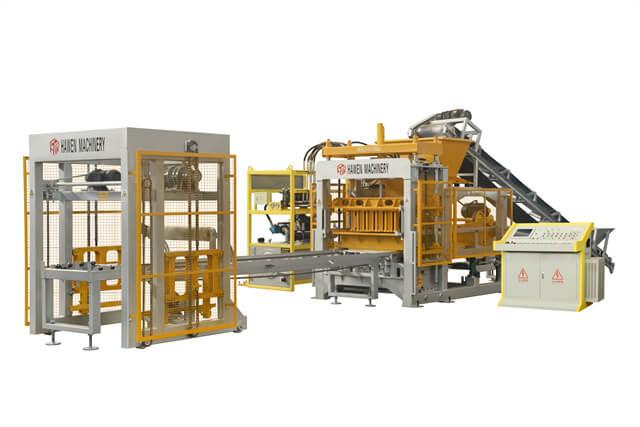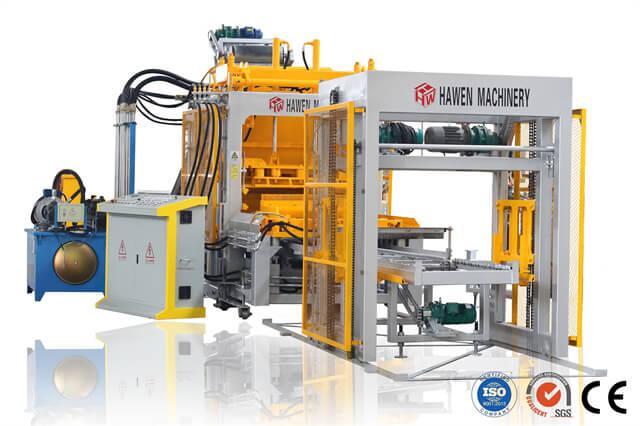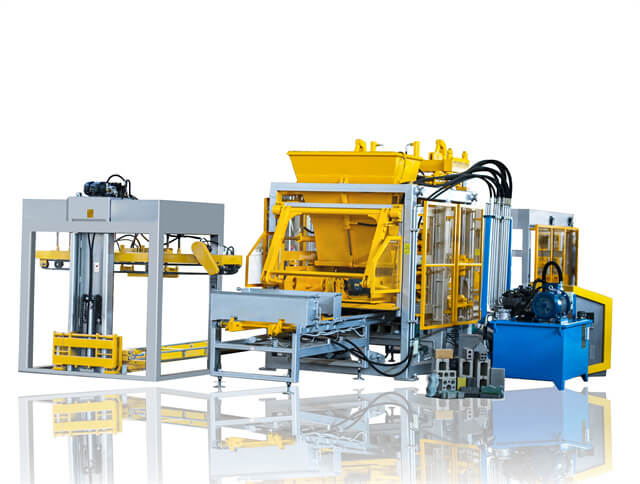Author:HAWEN Block MachineFROM:Brick Production Machine Manufacturer TIME:2024-08-26
Efficient operation of cement block manufacturing machines is crucial for maximizing productivity and ensuring high-quality output. Understanding the number of operators required is essential for optimal performance. This article delves into the factors influencing the operator count, including machine complexity, production volume, and workflow efficiency.
Cement block manufacturing machines vary widely in terms of design and functionality. From semi-automatic to fully automatic systems, the complexity of the machinery can significantly affect the number of operators needed. Semi-automatic machines require more hands-on management, while fully automatic systems might need fewer operators due to advanced automation features.
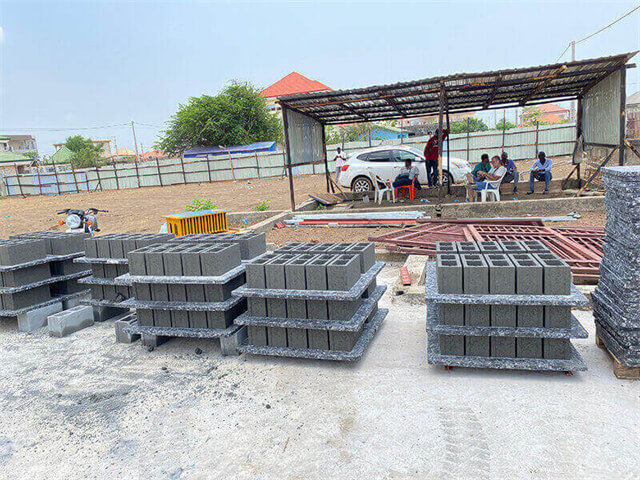
Several factors determine how many operators are necessary. These include the machine's capacity, the level of automation, and the production speed. For instance, high-capacity machines that produce large quantities of blocks per hour may need more operators for overseeing the process, quality control, and maintenance compared to machines with lower output.
The complexity of the machine also plays a significant role. Complex machines with intricate control systems and multiple functions require operators with specialized skills. Proper training and expertise are essential for handling such machinery efficiently, which in turn influences the number of operators needed to manage and maintain the equipment.
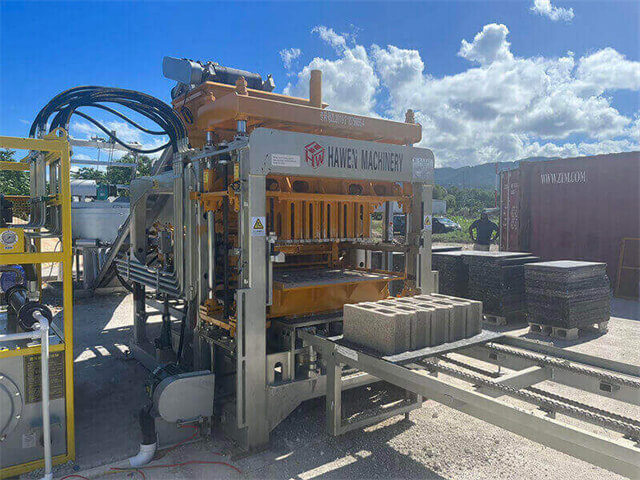
Production volume is a key factor in determining operator numbers. High production volumes generally require more operators to manage different stages of the process, from mixing raw materials to curing and packaging blocks. Additionally, optimizing workflow efficiency through strategic scheduling and task management can reduce the number of operators required without compromising productivity.
Advancements in technology have led to more sophisticated automation in cement block manufacturing. Modern machines equipped with automated controls, sensors, and computer systems can significantly reduce the need for manual intervention. This shift towards automation often results in a lower number of operators required, as the machines themselves handle much of the operational workload.
While reducing the number of operators can lead to cost savings, it's crucial to balance efficiency with operational needs. Over-reducing the workforce might affect machine maintenance, quality control, and overall productivity. An optimal number of operators ensures smooth operation while keeping costs in check and maintaining high standards of output.
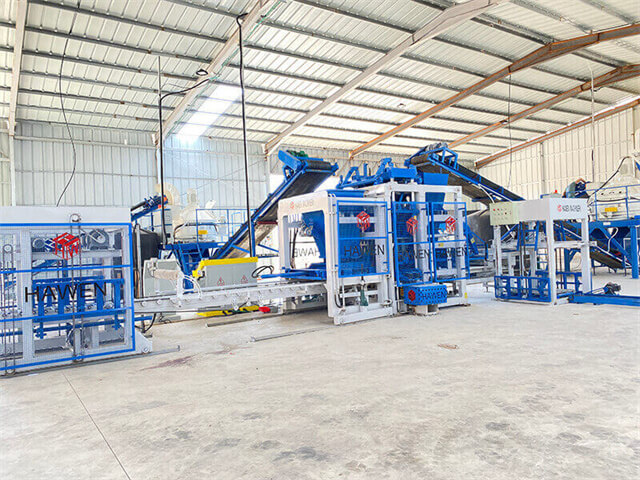
Determining the ideal number of operators for a cement block manufacturing machine involves considering machine complexity, production volume, workflow efficiency, and advancements in automation. By carefully evaluating these factors, manufacturers can achieve the ultimate balance between operational efficiency and cost-effectiveness. Understanding and adapting to these variables will ensure the efficient running of cement block manufacturing operations.
